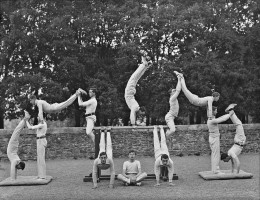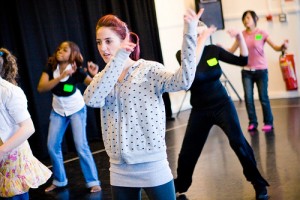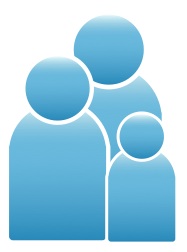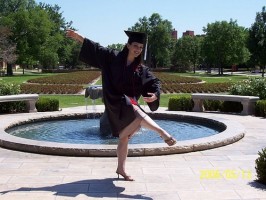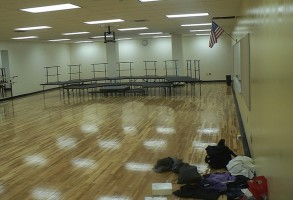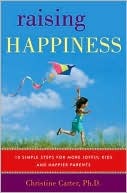Sometimes as educators we get caught up in the act of teaching and forget the people we are mentoring. Unless the children you have in your studio have a reason to connect to your material, the extent of your reach will be limited and your influence fleeting. Heather provides insight to help you structure your class as a guided experience rather than a traditional lesson plan.
K-12
The Power of Performance to Win Friends and Influence People
Preparing for a year-end performance in a school setting can add stress to an already full classroom schedule. However, it does wonders for the students and the program as you plan for the content and experiences that may actually be more important, like dance history and theory. Heather shares these wonders and some ways she prepares students for the “big show” ahead.
For Making Dancers Beneficial To The Public
A recent TEDxBrussels Talk by John Bohannon reminds us of the usefulness of movement to express complex concepts or explore and understand scientific ideas while making a satirical statement about the state of the arts in the United States. Watch and learn more about the presentation and its creators.
Talking About College Dance With K-12 Students
Not all dancers become professionals. However, the arts produce creative thinkers, able to connect pathways that standard students may not initially consider and dancers tend to be successful in many other aspects of education and life. So, starting as early as Kindergarten, dance can be used as a gateway to discuss college with students. Here’s how one educator begins the conversation at different ages and includes families in the dialogue.
Smooth Start: Letting Dancers Know What To Expect
It may seem too simple but introducing class procedure is a step critical in most any class environment. It unifies the group and builds a bridge in communication between you and your students. K-12 dance educator, Heather Vaughan-Southard, outlines her Day 1 process so that you, too can set your students up for success.

